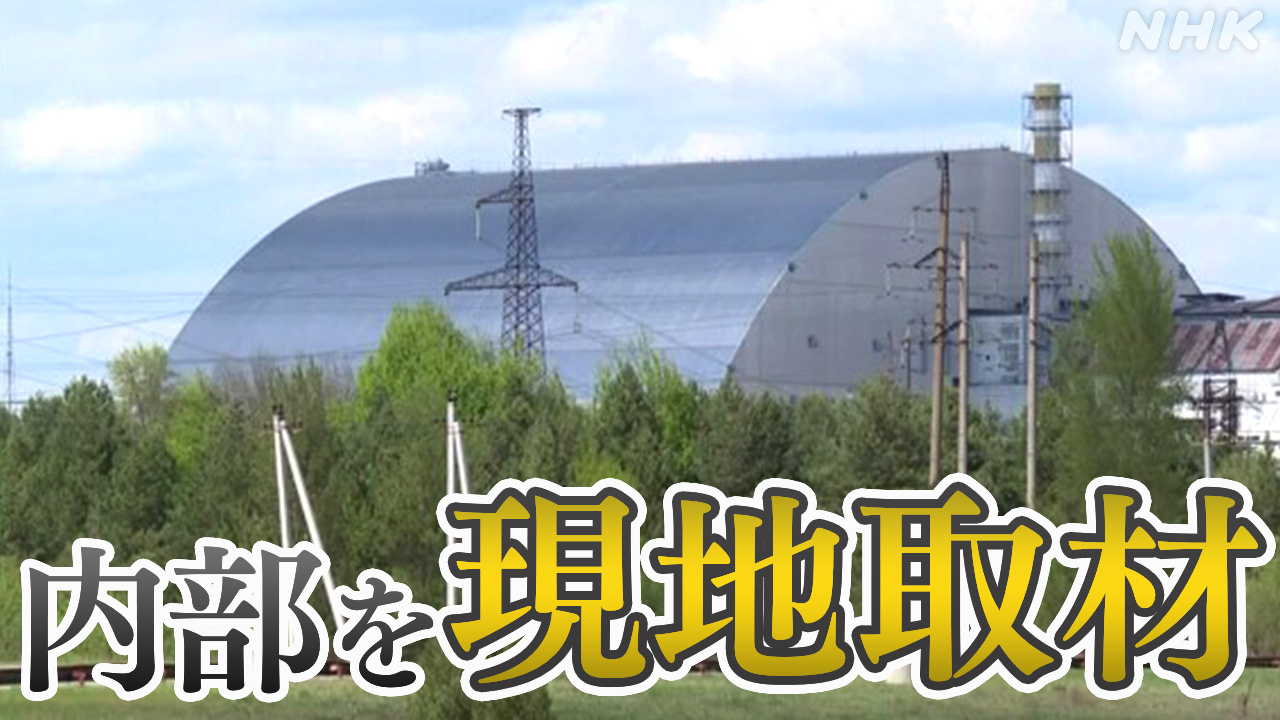Damaged Chernobyl Shelter: The Aftermath of Attack - A Grim Reminder of War's Impact
The recent attacks on the Chernobyl Exclusion Zone have brought renewed attention to the precarious state of the damaged Chernobyl shelter, highlighting the long-term consequences of conflict on nuclear safety and environmental protection. The incident serves as a stark reminder of the potential for devastating consequences when war intersects with sites of significant environmental and nuclear risk. This article delves into the aftermath of the attack, exploring the damage, the resulting risks, and the ongoing efforts to secure the site.
The Attack and its Immediate Impact
Reports of attacks on the Chernobyl Exclusion Zone, including damage to the shelter, surfaced in [Insert Date of Attack and Source]. While the full extent of the damage is still being assessed, initial reports indicated [Insert Specific Details about the Damage, citing reliable sources]. The incident raised serious concerns about the potential release of radioactive materials and the overall security of the site, already fragile after decades of decay and insufficient funding for maintenance.
Key Concerns Arising from the Damage:
- Structural Integrity: Damage to the shelter's structure could compromise its ability to contain radioactive materials, potentially leading to leakage.
- Radiation Levels: The attacks may have disturbed contaminated soil and debris, potentially increasing radiation levels in the surrounding areas.
- Security Breaches: The attack highlighted vulnerabilities in the security measures protecting the Chernobyl site, raising concerns about future incidents.
- Access for Cleanup Crews: Damaged infrastructure may hinder access for cleanup crews and emergency responders.
Long-Term Implications and Ongoing Efforts
The long-term implications of the attack on the Chernobyl shelter are significant and far-reaching. The damaged structure poses a continuing threat to both human health and the environment. International organizations and Ukrainian authorities are working tirelessly to:
- Assess the Damage: Thorough assessments are underway to fully understand the extent of the damage and the potential risks.
- Stabilize the Shelter: Efforts are focused on stabilizing the damaged structure to prevent further deterioration and potential releases of radioactive materials. This includes [Insert Specific details of stabilization efforts, citing reliable sources].
- Monitor Radiation Levels: Continuous monitoring of radiation levels in and around the Exclusion Zone is crucial to ensure public safety.
- Improve Security: Strengthening security measures at the Chernobyl site is paramount to prevent future incidents. This might involve [Insert details about planned security improvements].
The Broader Context: Nuclear Safety and War
The attack on the Chernobyl shelter highlights the critical need for international cooperation in ensuring the safety of nuclear facilities during times of conflict. The incident underscores the vulnerability of such sites and the potentially catastrophic consequences of disregarding their protection.
This event should serve as a wake-up call, emphasizing the importance of:
- International safeguards: Strengthening international agreements and mechanisms to protect nuclear facilities during wartime is crucial.
- Investing in infrastructure: Adequate funding and resources are necessary to maintain and upgrade the safety of nuclear sites, particularly those with a history of significant risk.
- Effective communication: Transparent and timely communication regarding incidents involving nuclear facilities is vital to ensure public safety and prevent misinformation.
Conclusion: A Call for Global Action
The attack on the Chernobyl shelter is not an isolated incident; it represents a wider concern about the security of nuclear sites in conflict zones. The international community must work collaboratively to prevent future occurrences and mitigate the long-term risks. This requires a concerted effort involving governments, international organizations, and experts in nuclear safety and environmental protection. The future of Chernobyl, and the safety of millions, depends on it.
Keywords: Chernobyl, Chernobyl Exclusion Zone, Chernobyl shelter, nuclear disaster, radiation, nuclear safety, war, Ukraine, attack, environmental damage, radioactive materials, international cooperation, security, cleanup, monitoring, stabilization.
(Note: Remember to replace the bracketed information with accurate and up-to-date details from reliable news sources. Include links to these sources to enhance credibility and SEO.)
